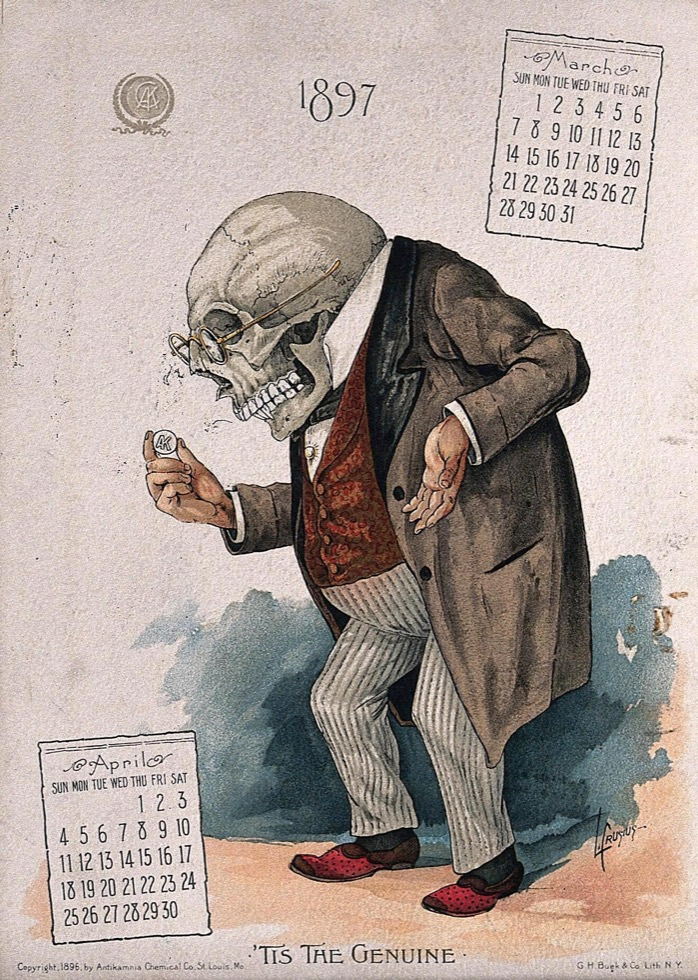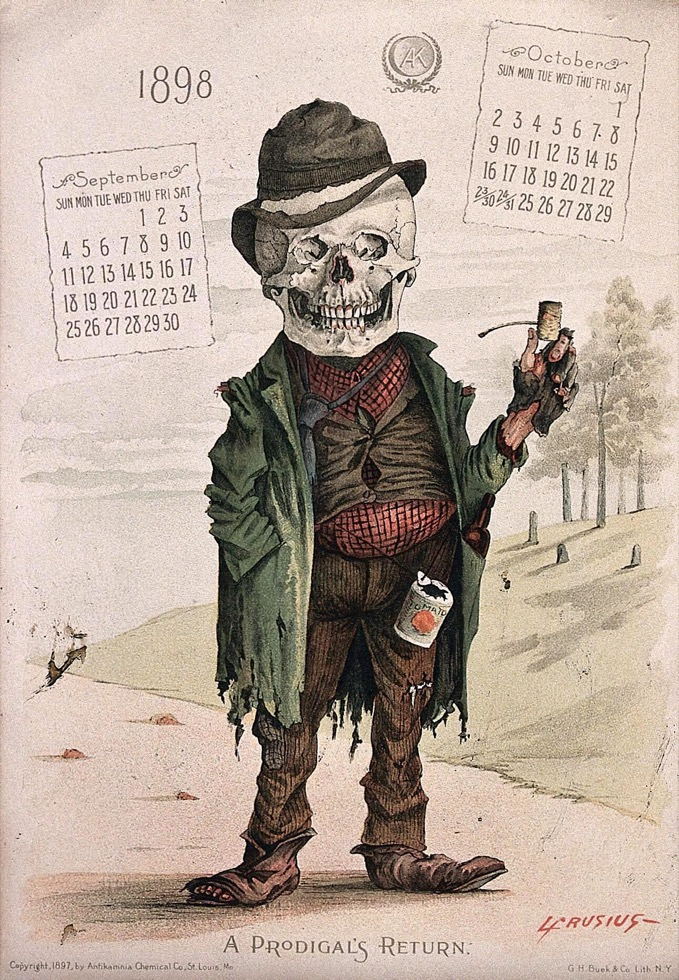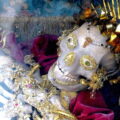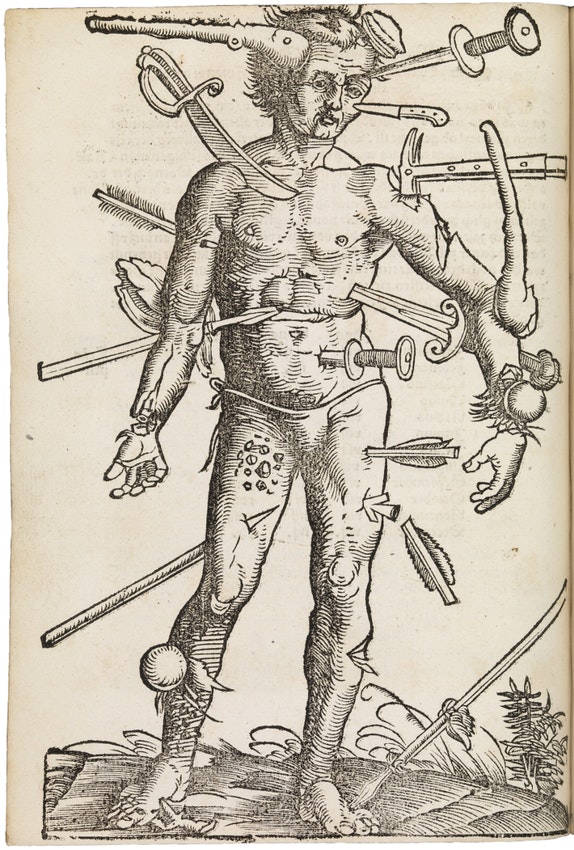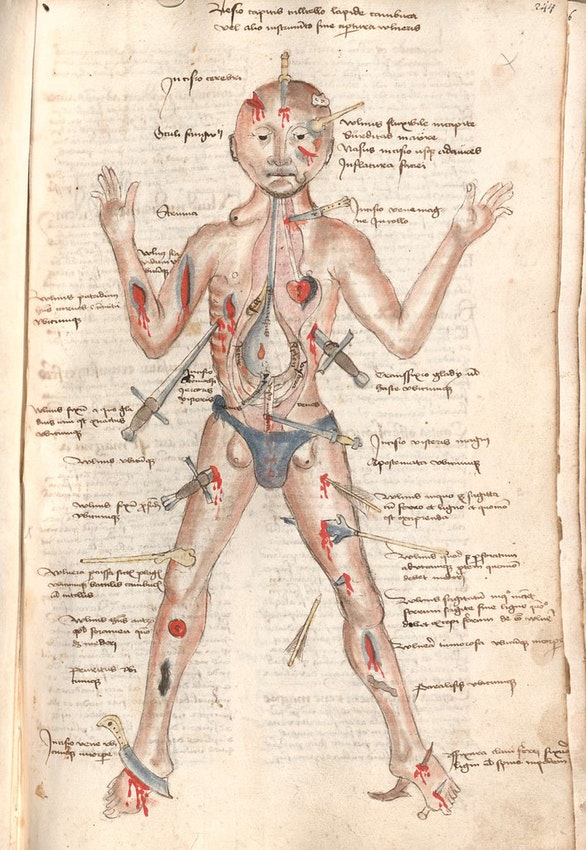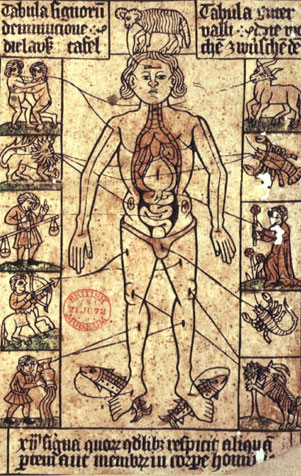
The Antikamnia Chemical Company created these morbid calendars in the late 19th century and early 20th century to promote their pain killers to druggists. While their products were effective, they were revealed to contain a banned—and poisonous—ingredient, acetanilid. Images: Wellcome Library




